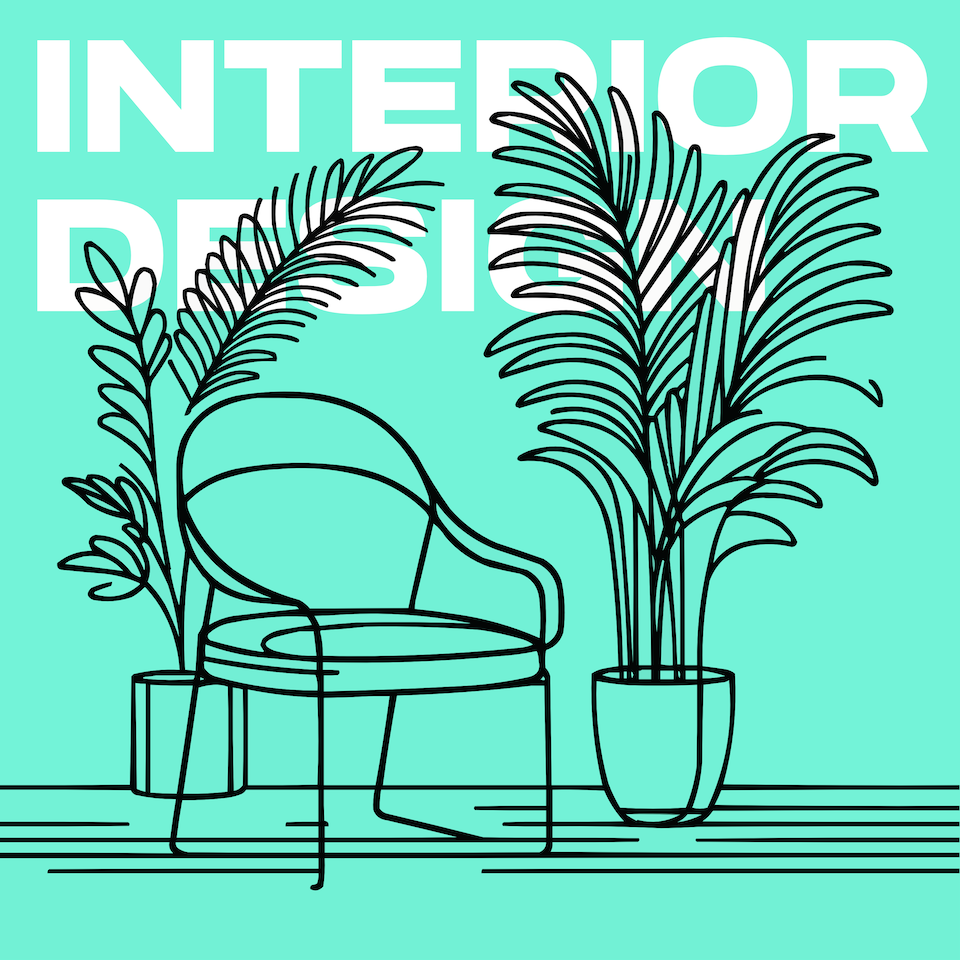The Serendipitous Space: Crafting Invisible Flow in Interior Design
Hello, dear listeners, and welcome back to another episode of "Interior Design for Beginners." Today, we're diving deep into a topic that, while not always visible to the naked eye, plays a foundational role in crafting the atmosphere of any room: Invisible Flow. This elusive concept might sound mystical, but it's all about understanding how the layout and arrangement of your space can guide movement, influence mood, and ultimately create harmony in your home. First, let's demystify what we mean by 'Invisible Flow.' Imagine entering a room and feeling an immediate sense of where to go and what to do, without any signs or instructions. This isn't magic – it's the result of careful planning and design. Invisible flow is about optimizing how people move through and interact with the spaces they inhabit. It balances aesthetics with functionality, ensuring that each element in your room serves a purpose while contributing to the overall beauty. Creating an invisible flow starts with understanding the layout of your space. Consider natural pathways that emerge based on the room's entrances, exits, and focal points. These invisible lines guide the arrangement of furniture and decor, encouraging smooth transitions between different areas of the room. For example, the placement of a sofa can either invite people into a cozy conversation area or block the flow to another part of the house. Next, consider the role of symmetry and asymmetry. While symmetry can bring balance and order, asymmetry adds interest and dynamic tension. Both have their place in crafting invisible flow. A symmetrical design might define a more traditional or formal space, whereas an asymmetric arrangement can create a more relaxed, organic feel. The key is in using these principles to guide the eye and the feet, leading to a seamless experience of the room. One of the most crucial elements in creating invisible flow is the use of color and light. Colors influence our mood and perception of space, while lighting highlights pathways and accents that guide us intuitively through a room. Soft, warm colors, for instance, can make a space feel intimate and inviting, encouraging people to linger and engage. On the other hand, cool, bright colors can energize a space and promote movement. Texture and materials also play a vital role. Smooth, polished surfaces can reflect light and add a sense of spaciousness, while textured materials, like rugs or throws, can delineate areas within a room without the need for physical barriers. These tactile elements contribute not just to the visual flow but to the sensory experience of moving through a space. Creating an invisible flow in your space is as much about understanding human behavior as it is about aesthetic choices. Pay attention to how movement occurs naturally, and use design elements to enhance and guide this movement. Remember, the goal is to craft spaces that feel inherently right and comfortable to those who inhabit them. Finally, as you explore these principles in your own home, listen to your space and let it speak to you. Sometimes, the smallest adjustments can make the biggest difference in creating a harmonious flow. Whether you're a seasoned designer or just starting your journey in interior design, understanding and implementing these concepts can transform your space into a serendipitous symphony of function and form. Thank you for tuning in to today's episode of "Interior Design for Beginners." Until next time, keep finding joy in crafting spaces that speak to you and flow seamlessly - your sanctuary awaits. Goodbye for now!
Brought to you by Room AI
